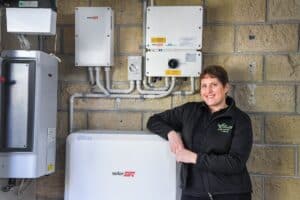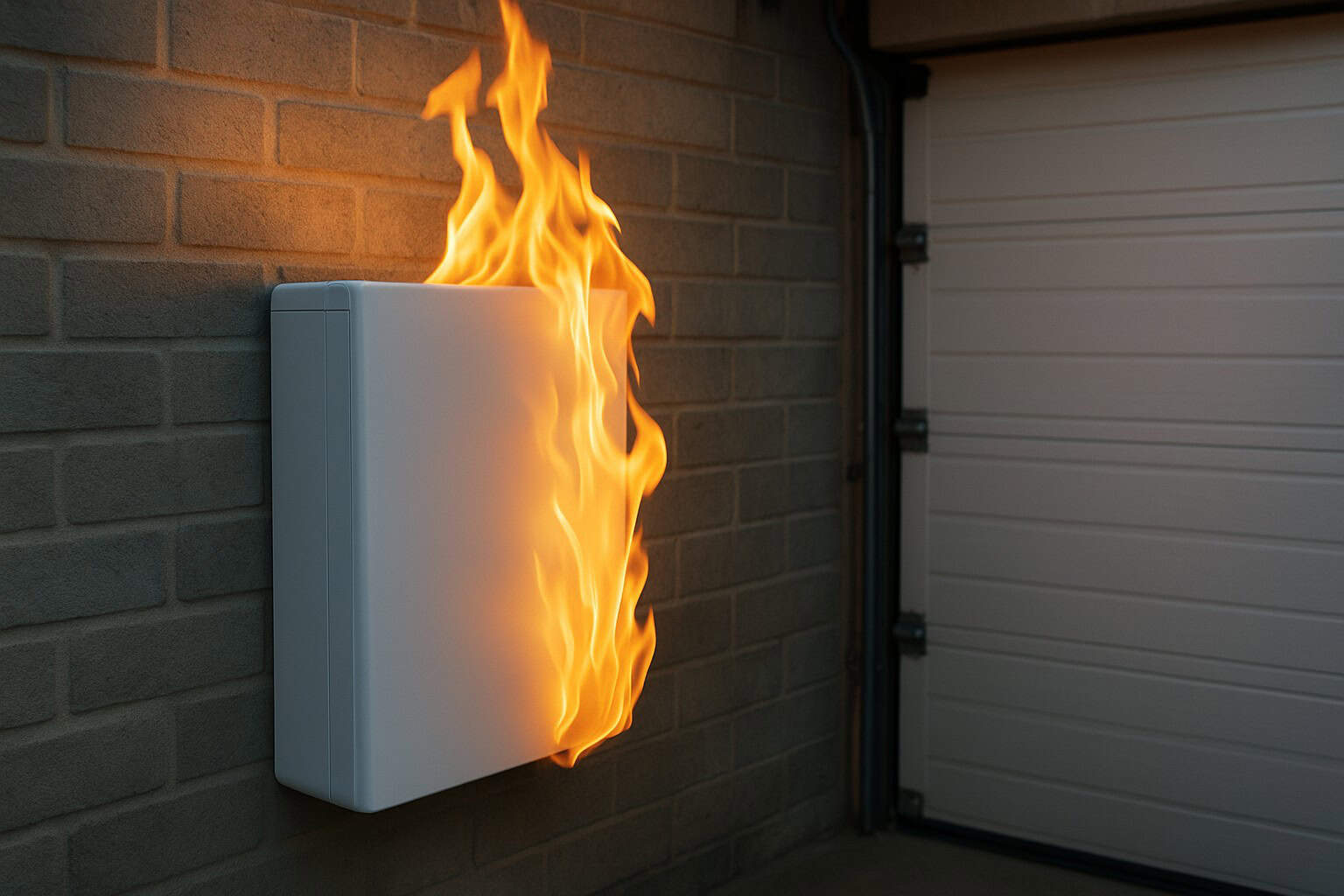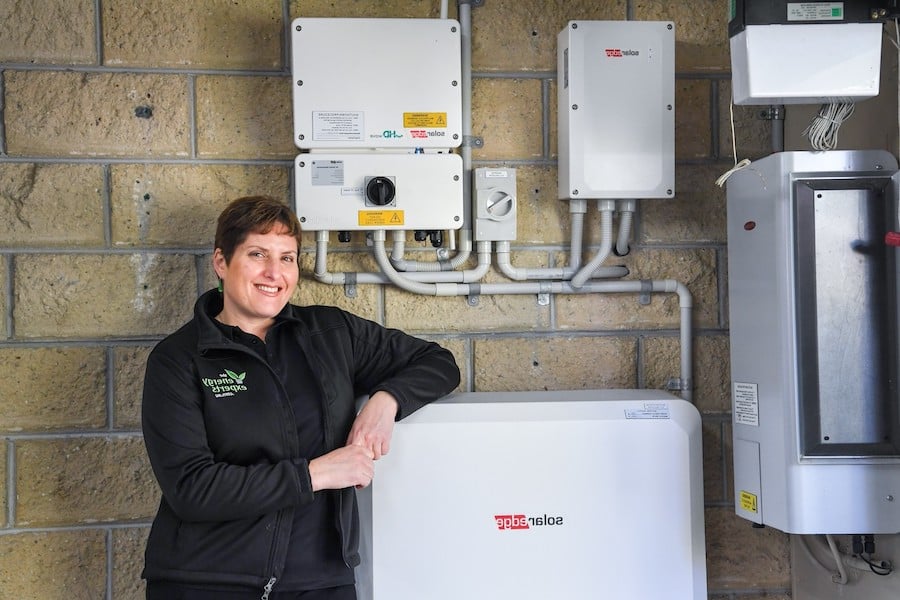Natural gas is a fossil fuel that unfortunately emits harmful greenhouse gases. There’s nothing renewable about gas. Electricity, on the other hand, can be powered by renewable energy sources, instead of coal.
But how do you go about electrifying your home, and is it worth it in the long run?
What does electrifying a home mean?
To electrify your home means switching from using fossil fuel power, like gas or coal, to renewable energy sources, like solar and heat pumps, which can be powered by solar.
But where to start? Which parts of your home require changing?
Heating appliances, such as air conditioning systems, water heaters, space heaters, ovens and cooktops, tend to consume the most energy in a home and many are currently powered by gas. All of these can be connected to a solar rooftop system, which means they can run for free from your panels.
You can replace gas-powered appliances with electric ones. You may be reluctant to part with your gas cooker, but induction cooktops are just as efficient. They heat up and cool down fast, have more precise temperature control (and are much easier to clean than gas cooktops)!
Heat pumps are another excellent renewable and efficient energy source. Heat pumps draw heat from the ambient air temperature and work on a reverse-cycle system that allows you to switch from heating to cooling. They’re ideal for running an air conditioning system or heat the water in your home. You can also use a heat pump to power your pool pump.
All of this may sound like a huge and costly exercise, but you don’t have to electrify all at once. You can start with a solar panel system. Then you can go about replacing water heaters, stoves and other appliances when they reach the end of their life.
How much can you save by electrifying your home?
Rising electricity costs are pushing more Australians to make the switch to solar.
Rewiring Australia, an electrification advocacy group, estimates that the average annual costs of running a gas home and petrol vehicle amounts to around $5,300 and releases approximately 9,550 kg of CO2 emission per year. An electrified home with an electric vehicle will cost only $1,850 to run with zero emissions.
If you add battery storage to your solar system, any energy that’s not used during the day will be stored in the battery and be available to use at night, further reducing your dependency on the grid. You can even sell surplus energy back to the grid, potentially dropping your energy bill to zero (or receive a credit from your energy provider).
Electrifying your home means you not only help your wallet, you become part of the solution to combat climate change.















